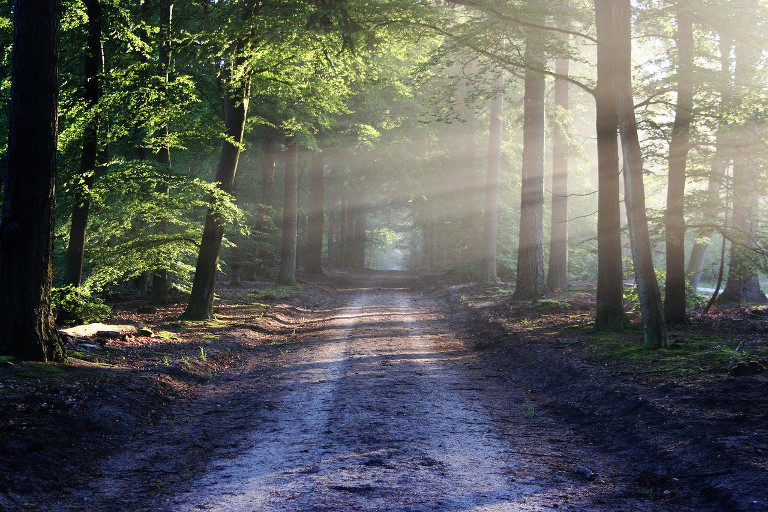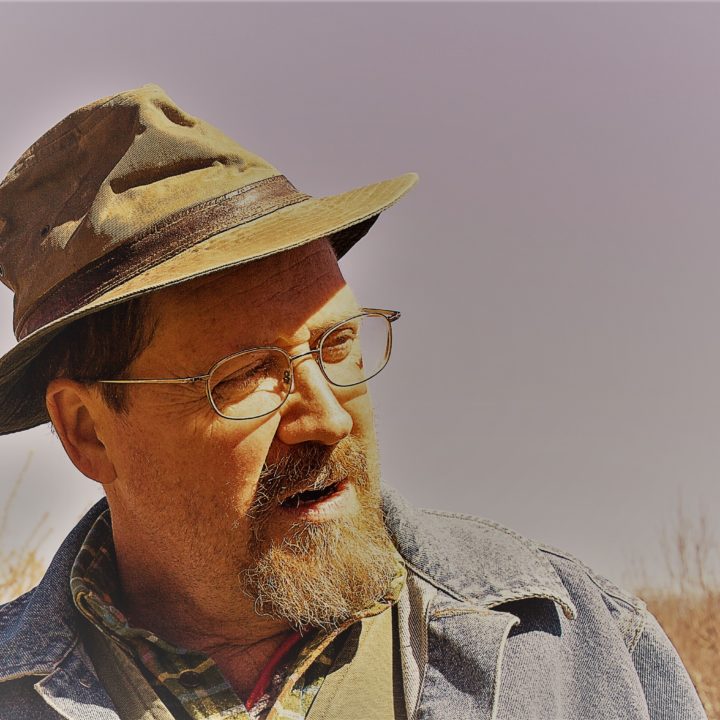Turn left in 300 feet … turn left … turn left…. Rerouting … rerouting … rerouting.
Recently, a young relative of mine set out on a 600-mile road trip to attend his cousin’s wedding — and got lost halfway there when his phone went dead. Hearing of his misadventure I was confused. How could someone go so far and then get lost? And how did a dead phone terminate his travels? Did he not consult a map? Own one? Pick up the free one at the state line? No, apparently a map wasn’t needed because he had a smart phone. Until it wasn’t. The would-be wedding guest set off on an eight-hour-plus journey, armed with no more than an address to guide him in where and how he was going. So, what did he do, when the phone, and consequently the GPS, died? He turned around and drove home.
As kids, my older brother and I would sit down with the National Geographic and, starting in June, begin to dream about August vacation destinations. The back pages of the magazine were chock-full of advertisements from state tourism boards. We’d send off for packets from exciting places like Montana, New Mexico, and Idaho, all locations with elevations higher than the six-feet-above-sea-level spot that we called home. Soon, fat packages of maps and “things to do” would arrive in the mail.
The maps would be unfolded on the kitchen table, where we would trace out routes we might take on the most narrow and obscure road possible. “Let’s drive down this little road in this valley south of Missoula,” I’d say. We’d pull out the encyclopedia and read about places we were going to visit. There were shoeboxes jammed with maps in the closet, a big globe and stacks of atlases in the den.
Today, in my own library, there resides a broad assortment of state and international maps and world and historical atlases. Because, maps give us more than a hopeful path to a distant destination. They inform. Why is there a Northwest Angle exclave in Minnesota, and just what is an exclave anyway? Where were the original colonial boundaries of North Carolina? How did the frontier of the late Roman Empire contract? Maps inform, and they also feed our curiosity: Is Puerto Rico surrounded by water? (Why, indeed it is, Mr. President.) They serve as a springboard into the past, present, and future. And, yes, even answer the mundane: What are my options for getting to a wedding in Oregon?
Of course, GPS is a remarkable technological feature. It gets us to a destination without getting lost, without having to wonder where we are. Yet, cocooning ourselves in a cushion of geographical illiteracy also breeds a listless lack of awareness, demanding nothing more from us than an abiding self-interest. And, in the absence of an alternative mode of mapping — whether it’s orienting to the sun or grabbing the gazetteer — when the GPS goes dark, it leaves us with no option but to turn around and go home, wherever that might be.






